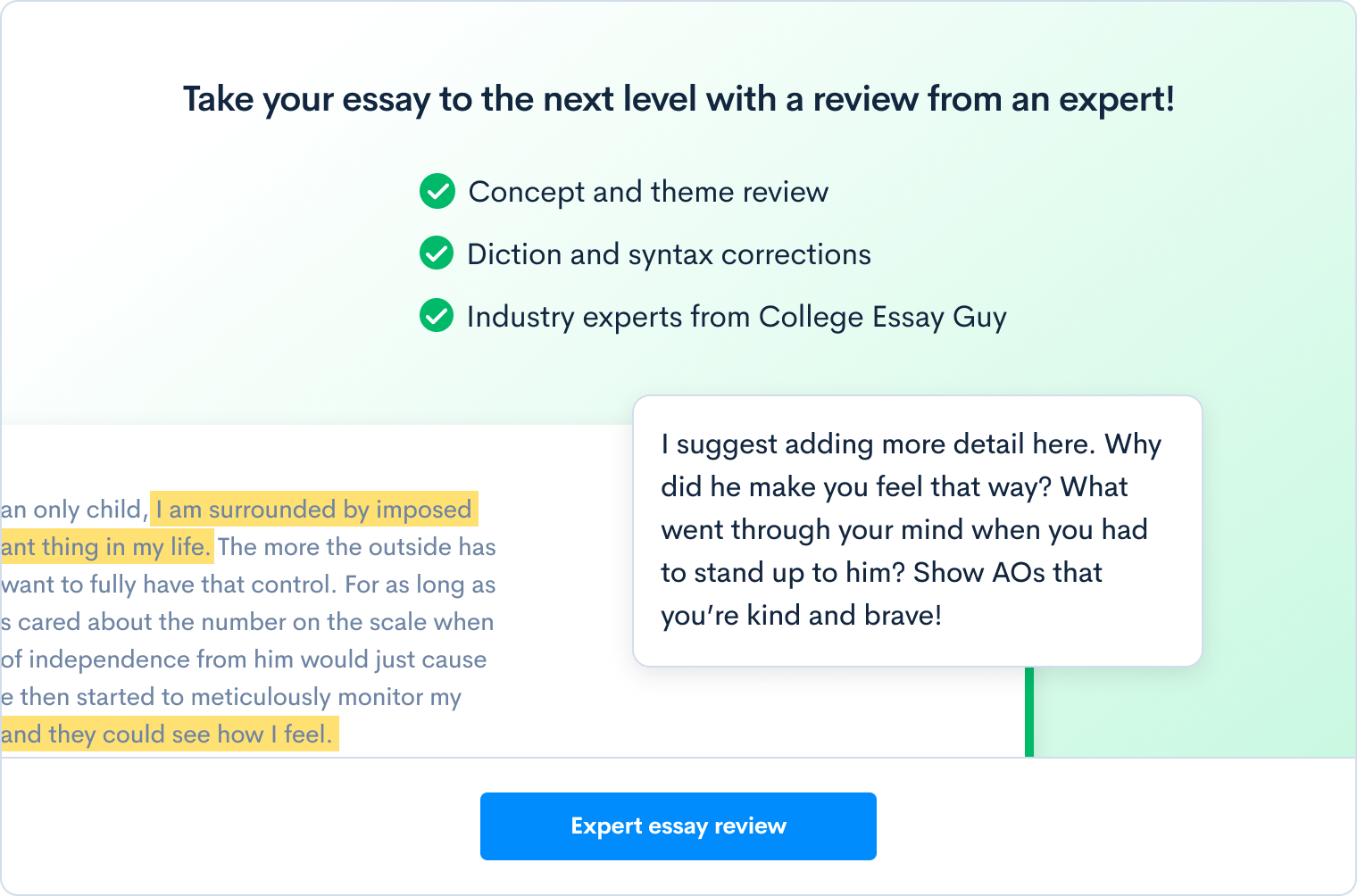Ultimate Guide to the AP Physics C: Mechanics Exam
The extensive popularity of AP Physics courses is largely rooted in the introductory AP Physics 1 exam, with less than half as many students taking the other three tests combined. AP Physics C: Mechanics is one of the highest levels of AP Physics, with only AP Physics C: Electricity and Magnetism following it in the course sequence. AP Physics C: Mechanics is the equivalent of a calculus-based, first-semester college physics course. It is most often taken over the course of an entire school year but, in high schools that offer block scheduling, can sometimes be taken during a single semester. For many students, it is the culmination of their high school work in the physical sciences. In 2019, more than 57,000 students took the AP Physics C: Mechanics course, though less than half went on to take AP Physics C: Electricity and Magnetism. There’s no doubt that if you can advance so far as to tackle this subject, you have already set your sights high, which is often the first step in setting yourself apart on college applications. If you’re planning to take the exam, whether you’re taking the class or self-studying, read on for a breakdown of the test and CollegeVine’s advice for how you can best prepare for it. The AP Physics C: Mechanics is one of the first AP exams administered. The exam occurs on Monday, May 11, at 12 pm. For the complete AP exam schedule (including the revised Coronavirus dates), along with study tips and more, check out our blog post 2020 AP Exam Schedule: Everything You Need to Know. The AP Physics C curriculum is divided into two separate courses and exams. AP Physics C: Mechanics is most often taken first, while AP Physics C: Electricity and Magnetism is usually taken afterwards, since a significant amount of its content builds on the material from the Mechanics course. When considering which AP Physics track you should pursue, be sure to consider your classes in the context of your intended college path. Physics 1 and 2 are suited for students intending to pursue life sciences, pre-medicine, and some applied sciences, as well as other fields not directly related to science. Physics C, however, is especially appropriate for students planning to specialize or major in the physical sciences or pursue a career in engineering. The AP Physics C: Mechanics class is equivalent to one semester of an introductory, calculus-based college physics course and will put aspiring engineers or physicists on track toward their goals. The AP Physics C: Mechanics course framework is divided into two essential components: science practices and big ideas. Through exploration of these two components, students gain a deeper understanding of the physical world. Big Ideas: Big ideas are the core principles, theories, and processes of a discipline and provide a foundation understanding of a topic. The four big ideas of AP Physics C: Mechanics are: Scientific Practices: Science practices are the skills needed to think and act like a physicist. Because the course focuses heavily on science practices, students taking the AP Physics C: Mechanics class will spend a minimum of 20% of instructional time engaged in hands-on laboratory work. The seven scientific practices, along with the weight they’re given on the multiple-choice and free-response sections of the AP Physics C: Mechanics exam are: AP Physics C teachers are free to organize the course content however they wish; however, the course is commonly broken into seven units. Below is a look at the seven units structured in a sequence recommended by the College Board, along with the weight each unit is given on the AP Physics C: Mechanics exam: Though there are no prerequisites in terms of prior physics classes for this course, students should be prepared for college-level, calculus-based work and must, at minimum, have taken or be concurrently taking calculus. Because a previous or concurrent course in calculus is often required of students taking Physics C, students who expect advanced placement or credit in college for a Physics C exam should attempt an AP course in calculus as well; otherwise, placement in the next-in-sequence physics course may be delayed or even denied. Keep in mind that credit and advanced standing based on AP scores vary widely from school to school. Though a score of 3 is typically considered passing, it is not always enough to receive credit. Regulations regarding which APs qualify for course credits or advanced levels at specific colleges are available on the College Board website. The AP Physics C: Mechanics exam is one of the shortest AP exams, clocking in at just one hour and 30 minutes. It comprises two sections: one section of multiple-choice questions and one section of free-response questions. Section 1: Multiple Choice 45 minutes | 35 questions | 50% of score The first section of the AP Physics C: Mechanics exam contains 35 multiple-choice questions, spans 45 minutes, and accounts for 50% of your total score. The questions are both stand alone and grouped into sets using the same stimulus or data set. Below is an example of a standalone multiple-choice question: Answer: D. Source: College Board. Below is an example of a set of questions based on a single stimulus: Answer: 10: B, 11: D, 12: D. Source: College Board. Section 2: Free Response 45 minutes | 3 questions | 50% of score The second part of the exam is the free-response section, which also lasts 45 minutes and accounts for the remaining 50% of your score. There are three free-response questions covering all seven of the scientific practices and you’re given 15 minutes to answer each. Below is an example of a free-response question: You are expected to bring and use a four-function graphing or scientific calculator on the exam. You should be familiar with your calculator and it is a good idea to bring extra batteries for it. You may not share calculators during the exam, but you may bring up to two calculators. The complete calculator policy and a list of acceptable models is available on the College Board website. In 2019, the exam had the highest pass rate of any of the AP Physics exams. Over 80% of all students taking the test in 2019 received a score of 3 or higher (typically considered passing). Of these, more than a third of students who took the exam received the top score of 5 while only 8.2% received the lowest score of 1. A full course description that can help to guide your studying and understanding of the knowledge required for the exam can be found on the College Board course website. You’ll need to start your prep work by taking a practice test to assess your initial knowledge of the material. You can find many sample questions with scoring explanations included in the course description, and more are available in the complete released 2012 exam. Commercial study guides may also contain a number of practice or diagnostic tests to use as a formative assessment. The theory that you will need to know for AP Physics C: Mechanics ranges greatly in depth. You will need to grasp large theoretical concepts, highly specific applications of principles and equations, and everything in between. You should be comfortable using integral and differential equations to make quantitative calculations related to the material. As in earlier physics classes, you will apply your knowledge of the core content to hands-on laboratory investigations. These investigations allow teachers to provide a more engaging and rigorous experience for AP Physics students. In laboratory investigations, which should account for 20% of your class time, you will establish lines of evidence and use them to develop and refine testable explanations and predictions of natural phenomena. You should be able to: For a more specific idea of where to focus your studying, you may consider using a commercial study guide. The Princeton Review’s Cracking the AP Physics C Exam, 2020 Edition: Practice Tests & Proven Techniques to Help You Score a 5 provides a fairly comprehensive guide to the exam content, though at nearly 700 pages, it is sometimes criticized for its length. Another solid choice is Barron’s AP Physics C, 4th Edition, which is almost as long but also contains a diagnostic test and two complete practice tests with scoring explanations. Additionally, there are a number of free study resources available online. Many AP teachers have posted complete study guides, review sheets, and test questions. One complete study guide and a comprehensive database of study guides by subtopic are available as well. There are also several free video tutorials. Finally, familiarize yourself with the tools that will be available to you during the exam. Make sure that you know how to use your calculator effectively. Also review the table of equations that will be furnished to you during the exam. When you feel confident that you’ve thoroughly studied the required material, test your knowledge by practicing multiple-choice questions. You can find these in most study guides or through online searches—Varsity Tutors and Study.com are great places to start. You could also try taking the multiple-choice section of another practice exam. There are free online multiple-choice questions available and other study resources. The College Board Course Description includes many practice multiple-choice questions along with explanations of their answers. As you go through these, try to keep track of which areas are still tripping you up and go back over this theory again. Focus on understanding what each question is asking, and keep a running list of any concepts that are still unfamiliar. The AP Physics C: Mechanics exam contains very specific key words in the free-response prompts. These words give you clues as to what the exam readers are looking for in your response, so you should study them closely. Exam readers will expect that you pay close attention to the task verbs used. On the exam, these most commonly include: justify, explain, calculate, compare, determine, derive, sketch, and plot. Know precisely what each one of these words is asking you to do. The definitions of these words can be found beginning on page 147 of the AP Physics C course description. As you tackle the free-response section, underline each section of the prompt, circle the task verb, and check them off as you write. If you are asked to justify a numeric answer, make sure to include a verbal explanation of how you reached your solution. Many students lose points by simply forgetting to include one part of a multi-part question. When working on the free-response section, you should remember that credit for the answers depends on the quality of the solutions and the explanations given. Partial solutions may receive partial credit, so you should show all your work. Likewise, correct answers without supporting work may not earn full credit. Be sure to show all your work in the space provided. If you need additional space, clearly indicate where the work is continued. Exam readers will not guess your intentions, so if they are not clear, you will not receive credit. Similarly, if you make a mistake, erase it or cross it out. You will lose credit for incorrect work, whether it is used toward your final solution or not. Be sure to also review the examples of scored free-responses so that you can understand exactly what to expect in this section and how you will be evaluated. The College Board provides many examples of actual prompts from past years and includes authentic student responses with scores and an explanation on why they were scored that way. For even more tips, read the College Board’s list of strategies on the Exam Practice page. As you did at the very beginning of your studying, take a practice test to evaluate your progress. You should see a steady progression of knowledge, and it’s likely that you will see patterns identifying which areas have improved the most and which areas still need improvement. If you have time, repeat each of the steps above to incrementally increase your score. If you’re taking the AP course associated with this exam, your teacher will walk you through how to register. If you’re self-studying, check out our blog post How to Self-Register for AP Exams. For information about what to bring to the exam, see our post What Should I Bring to My AP Exam (And What Should I Definitely Leave at Home)? Want access to expert college guidance—for free? When you create your CollegeVine account, you’ll find out your real admissions chances, build a best-fit school list, learn how to improve your profile, and get your questions answered by experts and peers—all for free! Sign up for your CollegeVine account today to get a boost on your college journey. Interest in learning more about the APs? If so, check out these other CollegeVine posts: When is the AP Physics C: Mechanics Exam?
About the AP Physics C: Mechanics Course
AP Physics C: Mechanics Course Content
Big Idea
Description
Change
Interactions produce changes in motion
Force Interactions
Forces characterize interactions between objects or systems
Fields
Fields predict and describe interactions
Conservation
Conservation laws constrain interactions
Scientific Practice
Description
Weight on Multiple-Choice Section of Exam
Weight on Free-Response Section of Exam
Visual Representations
Analyze and/or use representations of physical situations, excluding graphs
14%-17%
4%-7%
Question and Method
Determine scientific questions and methods
3%-6%
6%-11%
Representing Data and Phenomena
Create visual representations or models of physical situations
Not assessed
13%-20%
Data Analysis
Analyze quantitative data represented in graphs
14%-17%
8%-13%
Theoretical Relationships
Determine the effects on a quantity when another quantity or the physical situation changes
25%-34%
20%-24%
Mathematical Routines
Solve problems of physical situations using mathematical relationships
14%-20%
20%-24%
Argumentation
Develop an explanation or scientific argument
14%-20%
11%-18%
Unit
Weight on Multiple-Choice Section of Exam
Kinematics
14%-20%
Newton’s Laws of Motion
17%-23%
Work, Energy, and Power
14%-17%
Systems of Particles and Linear Momentum
14%-17%
Rotation
14%-20%
Oscillations
6%-14%
Gravitation
6%-14%
AP Physics C: Mechanics Prerequisites and Credit
AP Physics C: Mechanics Exam
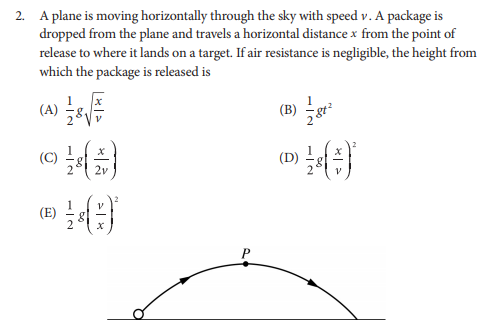
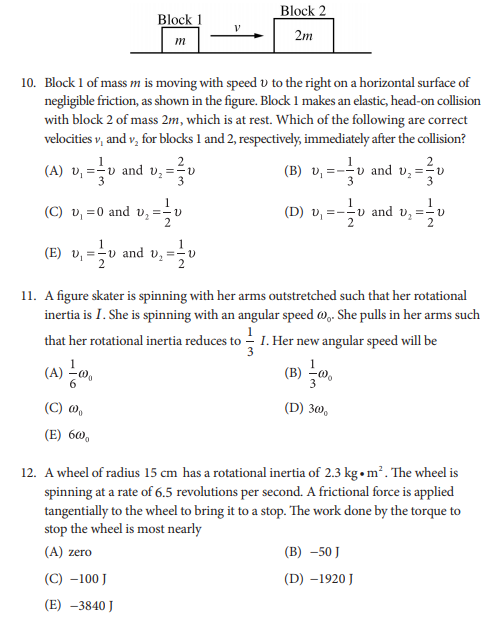
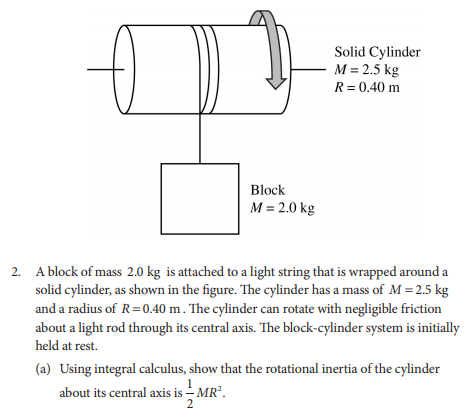
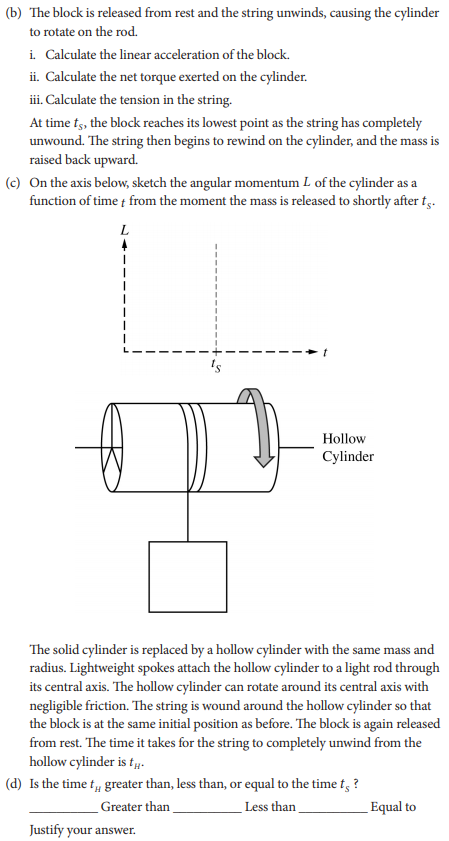
Source: College Board.AP Physics C: Mechanics Score Distribution, Average Score, and Passing Rate
Exam
5
4
3
2
1
AP Physics C: Mechanics
37.7%
26.7%
17.4%
10%
8.2%
Tips to Prepare for the AP Physics C: Mechanics Exam
Step 1: Assess Your Skills
Step 2: Study the Material
Step 3: Practice Multiple-Choice Questions
Step 4: Practice Free-Response Questions
Step 5: Take Another Practice Test
Step 6: Exam Day Specifics
